Inspiring Window Box Ideas for Every Style
There is no doubt that if you want impactful way to your home’s curb appeal and express your personal style, then window boxes offer a remarkably simple to do this, no matter its architectural design.
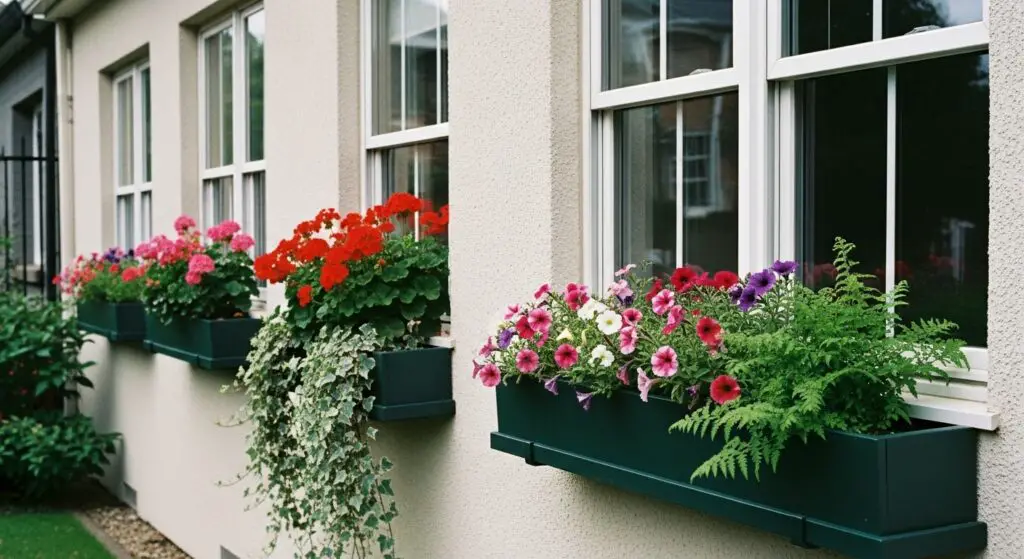
You see, window boxes are super versatile. Think of them as mini gardens right outside your glass. These boxes can totally change the look of your house. And they bring a bit of the outdoors in. Even if you only have a tiny space, you can have a window box. Got a huge house? Or a small apartment? It doesn’t matter. Any home can rock a window box. And they fit any budget or gardening skill. So, get ready. We are going to show you some awesome ideas. We will also give you easy tips to get started.
Planning Your Window Box Garden
Okay, let’s get down to planning. A little thought now saves a lot of hassle later. Good planning helps your window box garden thrive. Success is all about a few key things.
Key Considerations for Success
Location & Sunlight
First up, where will your window box live? Look at the spot. Does it get full sun all day? Or is it more of a partial shade area? Maybe it’s mostly shady. Knowing this is super important. Plants are picky about sunlight. Some love to bake. Others prefer cool shade. Your light will decide your plants. So, watch the sun’s path across your chosen window. Make a note of how many hours of direct light it gets.
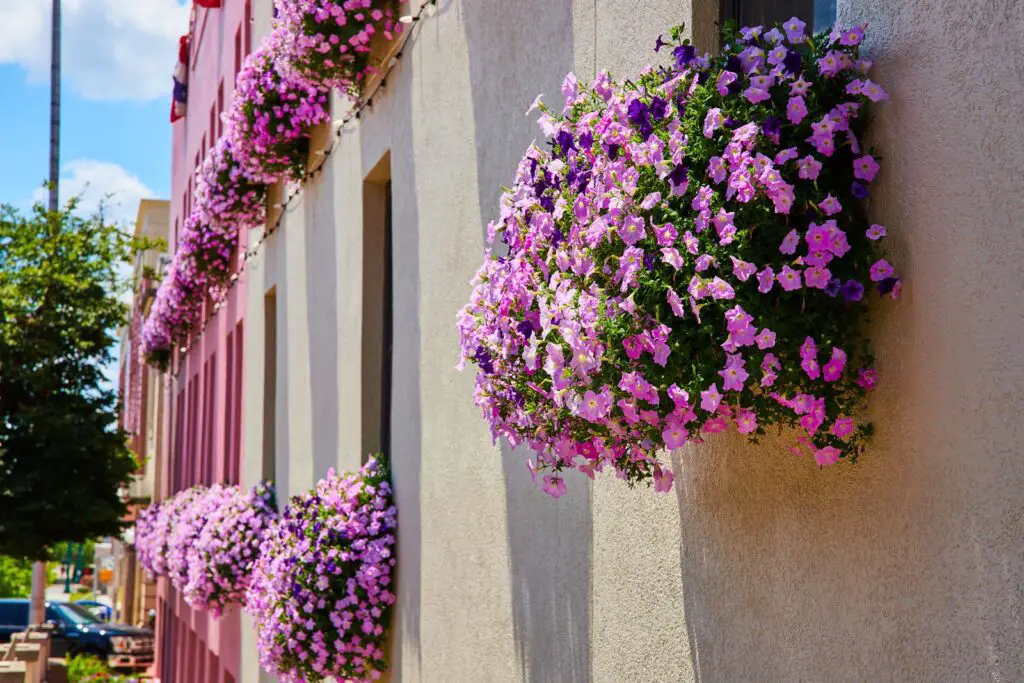
Box Selection
Now, let’s talk containers. You have options! Wood boxes look classic. Metal can be modern or rustic. Plastic is lightweight and comes in many colors. Fiberglass offers durability. What’s most important? Drainage needs attention. Your box must have holes in the bottom. Plants hate soggy feet. Water needs to escape. Otherwise, roots can rot. And think about size. The box should fit your windowsill nicely. It should not be too big or too small for the window itself.
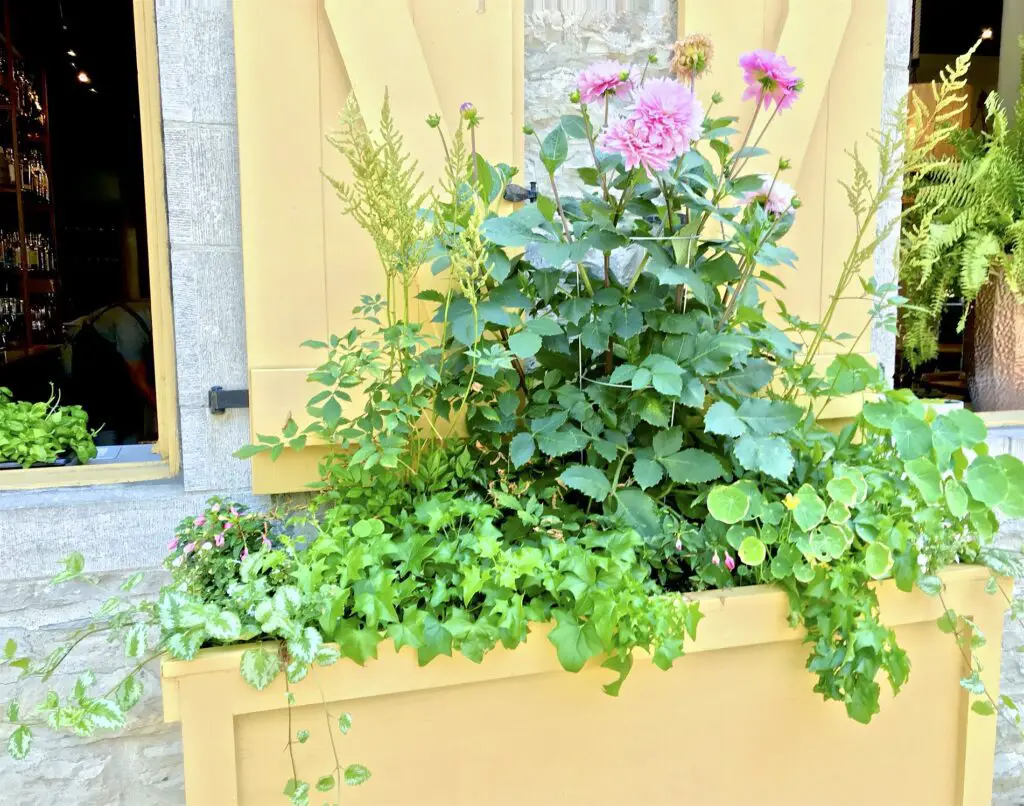
Soil & Plants
Good soil is a must. Don’t just dig dirt from your yard. Use a high-quality potting mix. It’s specially made for containers. Potting mix is light. It holds water well but also drains. Now for the fun part: plants! You can choose annuals. These plants live for one season. They give you lots of color. Or pick perennials. These come back year after year. Think about plant shapes too. Some plants grow upright. Others like to trail down the sides. A mix looks great.
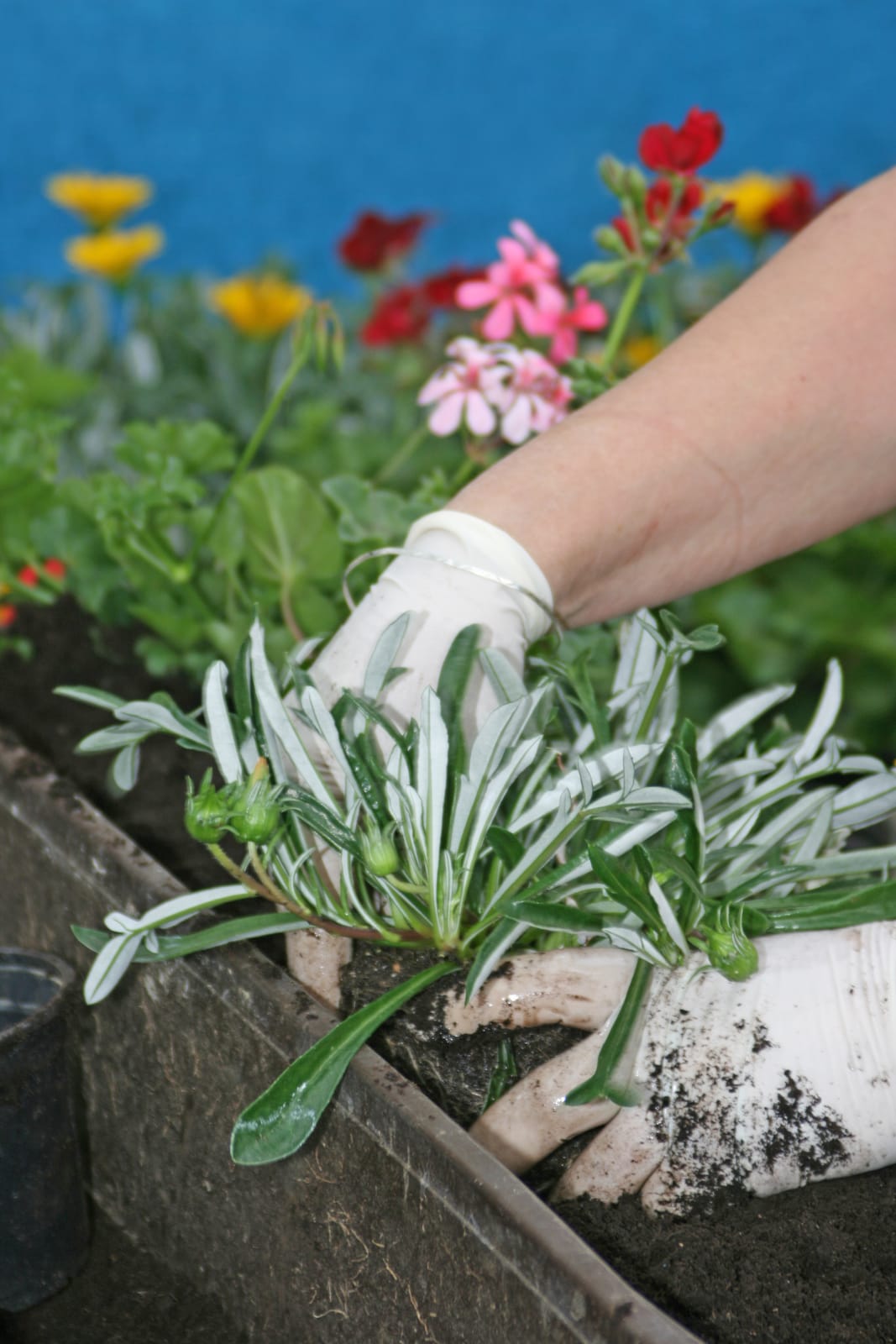
Installation Tips
Putting up your window box needs care. It must be secure. A box full of soil and plants can get heavy. Especially after watering. Make sure your brackets are strong. They need to hold the weight safely. Always check the weight limits for any mounting hardware you use. Also, think about seasons. You might want to change plants as the weather changes. So, easy access for planting and maintenance is smart.
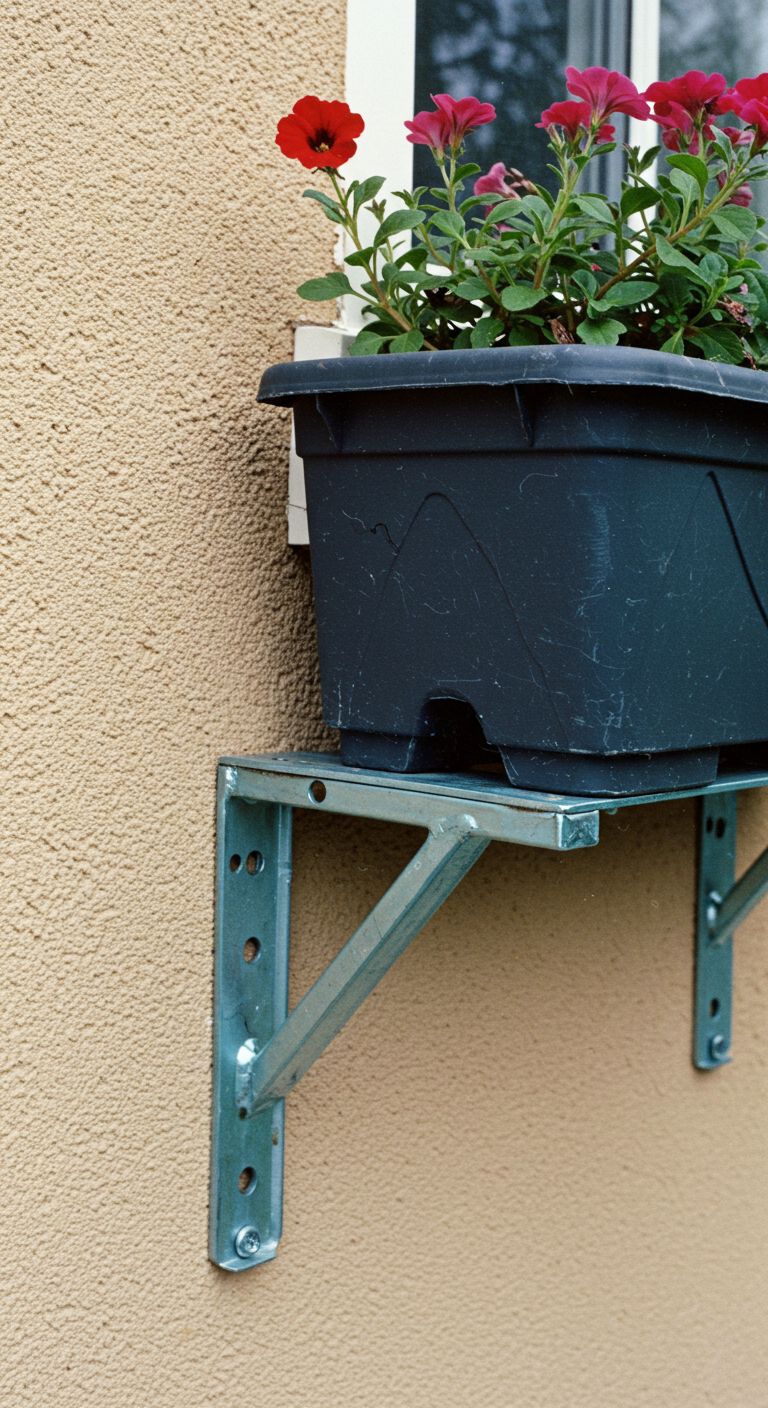
Ease & Accessibility
Want a beautiful window box without much fuss? Go for low-maintenance options. Self-watering boxes are brilliant. They have a reservoir at the bottom. You fill it up. The plants take water as they need it. This means less daily watering for you. Also, consider drought-tolerant plants. These tough guys don’t need constant moisture. Succulents are a great example. They look cool and are easy to care for. Perfect for busy people or forgetful waterers!
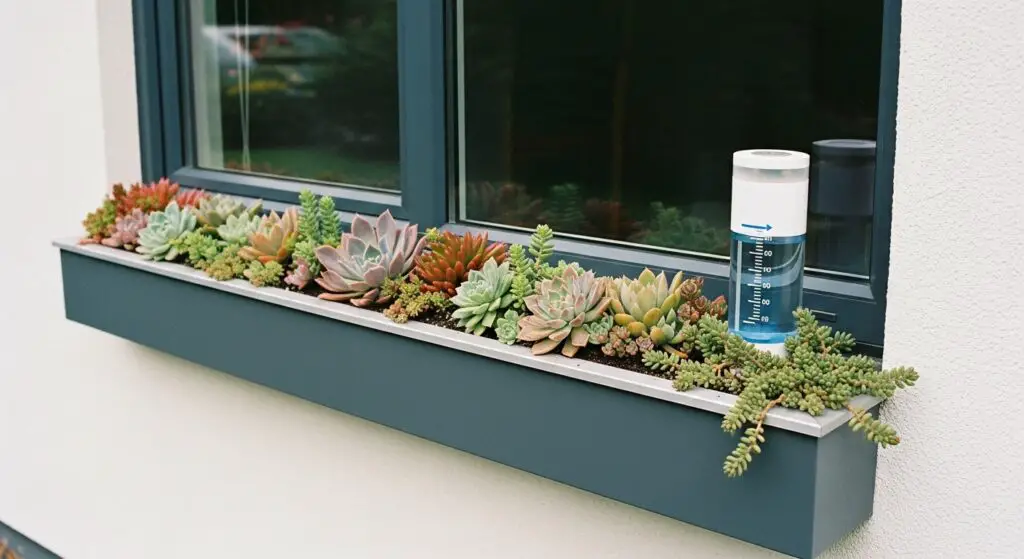
Inspiring Window Box Aesthetics: Exploring Different Styles
Now for the really exciting part! Let’s look at different styles. Your window box can match your home’s vibe. Or it can show off your unique personality. There are so many cool ways to design them. Prepare to be inspired.
Classic Elegance
Think neat. Think tidy. Classic Elegance is all about balance. It uses symmetry. Formal shapes are key. Plant choices are often timeless.
Imagine Geraniums in bold reds. Or pretty Petunias spilling gently. Lobelia adds delicate blue. Trailing Ivy gives a graceful touch. Small Boxwood topiaries can add structure. Colors are often traditional. Red, white, and pink are popular. Deep greens from foliage provide a rich background.
Containers are usually simple. They have clean lines. Terracotta is a great choice. Painted wood, perhaps in white or black, also fits well.
Perfect for: Traditional homes. Colonial styles. Victorian architecture.
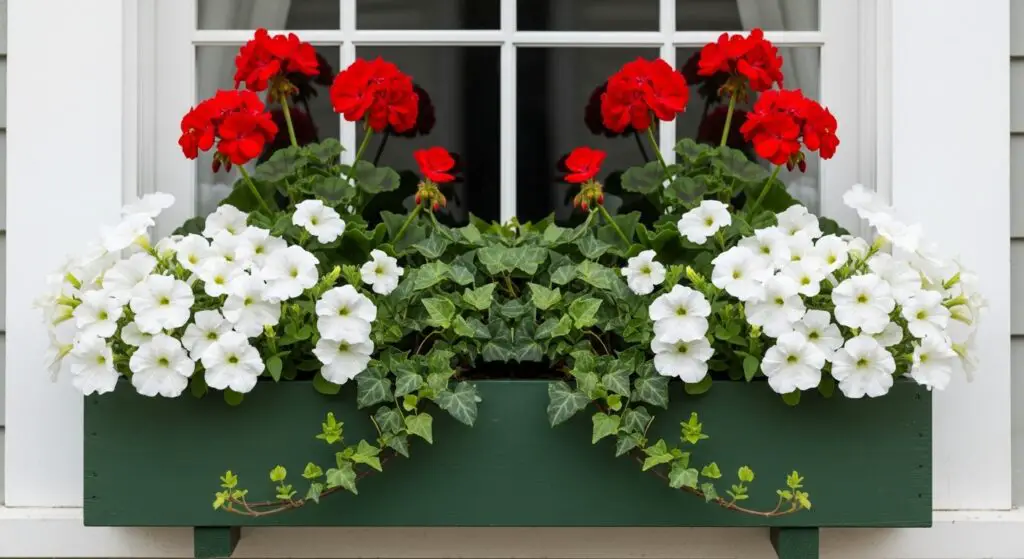
Rustic Charm
This style feels natural. It embraces natural materials. Arrangements are informal. There’s a slightly wilder, free-spirited look. Think of a farmhouse window. Or a cozy cottage.
Herbs like Rosemary and Thyme work well. Maybe some Oregano. Trailing succulents can add interesting texture. Wildflowers bring a touch of the meadow. Ornamental grasses add movement.
Earthy tones dominate the color scheme. Muted greens are common. Pops of natural color from flowers add interest. Containers feel weathered. Weathered wood is ideal. Galvanized metal buckets or troughs look great. Woven baskets (with liners) also fit this aesthetic.
Perfect for: Farmhouse styles. Cottage gardens. Bohemian-inspired homes.
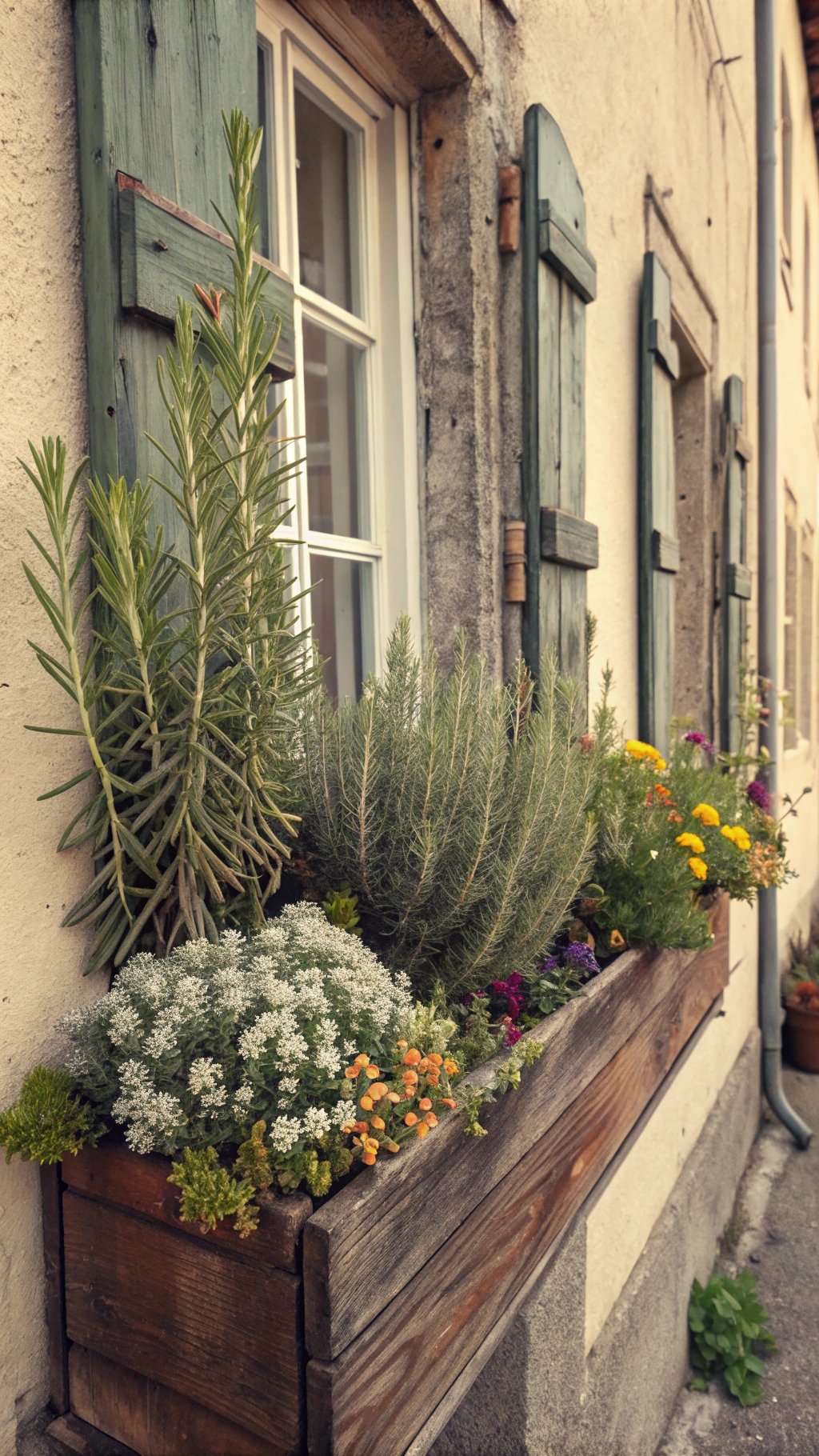
Modern Minimalism
Clean lines are everything here. Modern Minimalism is about simplicity. It often uses a limited color palette. The look is sophisticated. Uncluttered. Plants are often chosen for their shape.
Succulents like Sedum or Echeveria are fantastic. Architectural grasses with strong forms work well. Delicate Asparagus Fern adds softness. Small Snake Plants can provide vertical interest.
Greens and silvers are prominent colors. Contrasting dark foliage makes a statement. Flower schemes might be monochrome – all white, for example. Containers are sleek. They have geometric shapes. Metal, concrete, or minimalist painted wood are top choices. Think matte black or crisp white.
Perfect for: Contemporary homes. Mid-century modern architecture. Minimalist design styles.
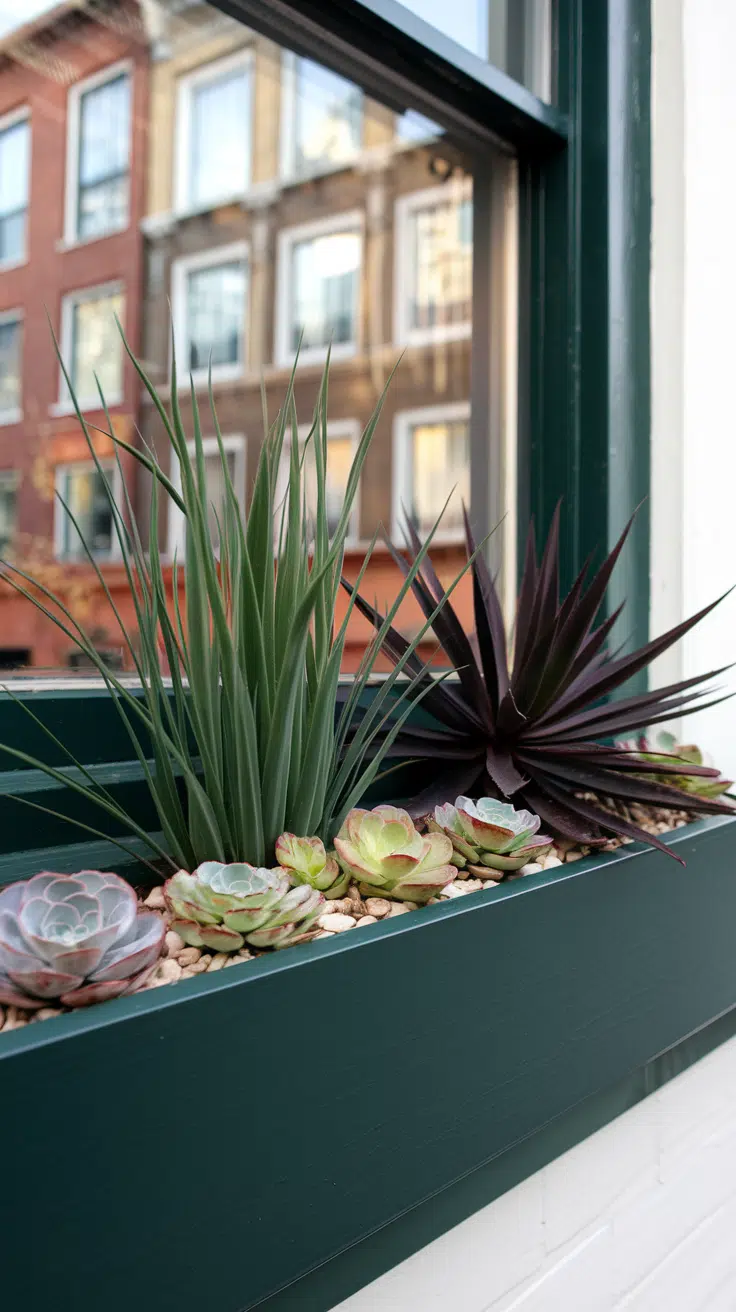
Cottage Garden Abundance
Imagine a burst of flowers! Cottage Garden Abundance celebrates a profusion of color. It’s relaxed. It’s informal. Think of a romantic English garden.
Miniature roses or trailing varieties are lovely. Lavender adds scent and color. Sweet Alyssum creates a carpet of tiny blooms. Pansies and Violas offer cheerful faces. Fuchsias with their dangly flowers add charm.
The color palette is vibrant. A mix of pastels and bright hues creates a cheerful welcome. Pinks, purples, yellows, and blues all play together. Containers are often painted wooden boxes. They might be slightly distressed for a vintage feel. Charming ceramic planters also work beautifully.
Perfect for: Cottage style homes. English country looks. Traditional homes wanting a romantic touch.
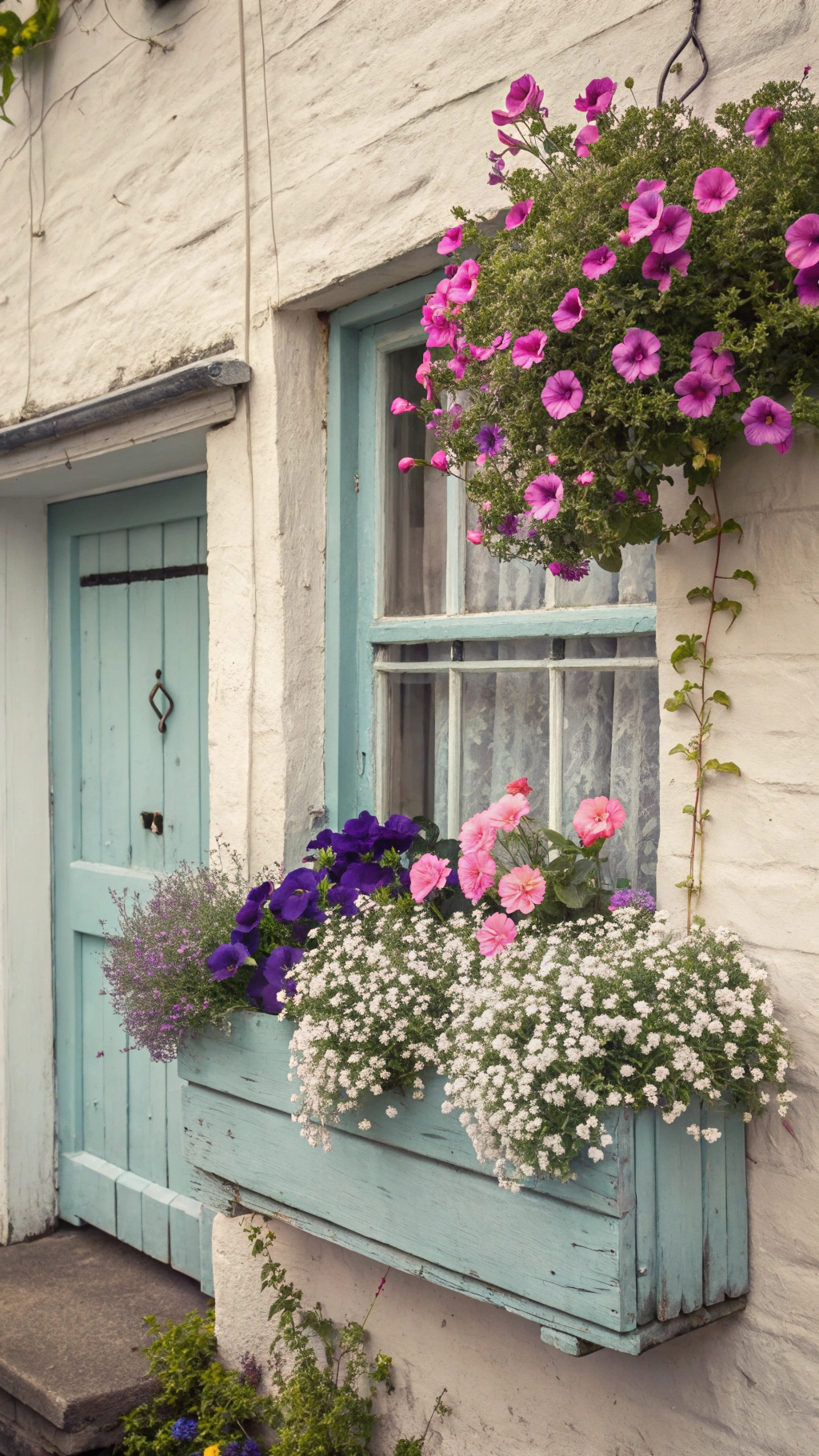
Mediterranean Escape
Feel the sunshine! This style evokes warm climates. It features drought-tolerant plants. Colors are warm. Earthy tones are common. Think of a sun-baked villa.
Lavender is a must. Rosemary too. Santolina with its silver foliage is perfect. Bright red and pink Geraniums are classic. Small Bougainvillea can add a splash of vibrant color if your climate allows.
Sun-baked hues are the way to go. Terracotta oranges. Bright blues like the sea. Deep purples. Vibrant reds and pinks from flowers. Container choices include Terracotta pots. Ceramic containers with Mediterranean patterns look authentic. Rustic wooden boxes also fit this style well.
Perfect for: Mediterranean style homes. Spanish-style architecture. Homes with warm-toned exteriors.
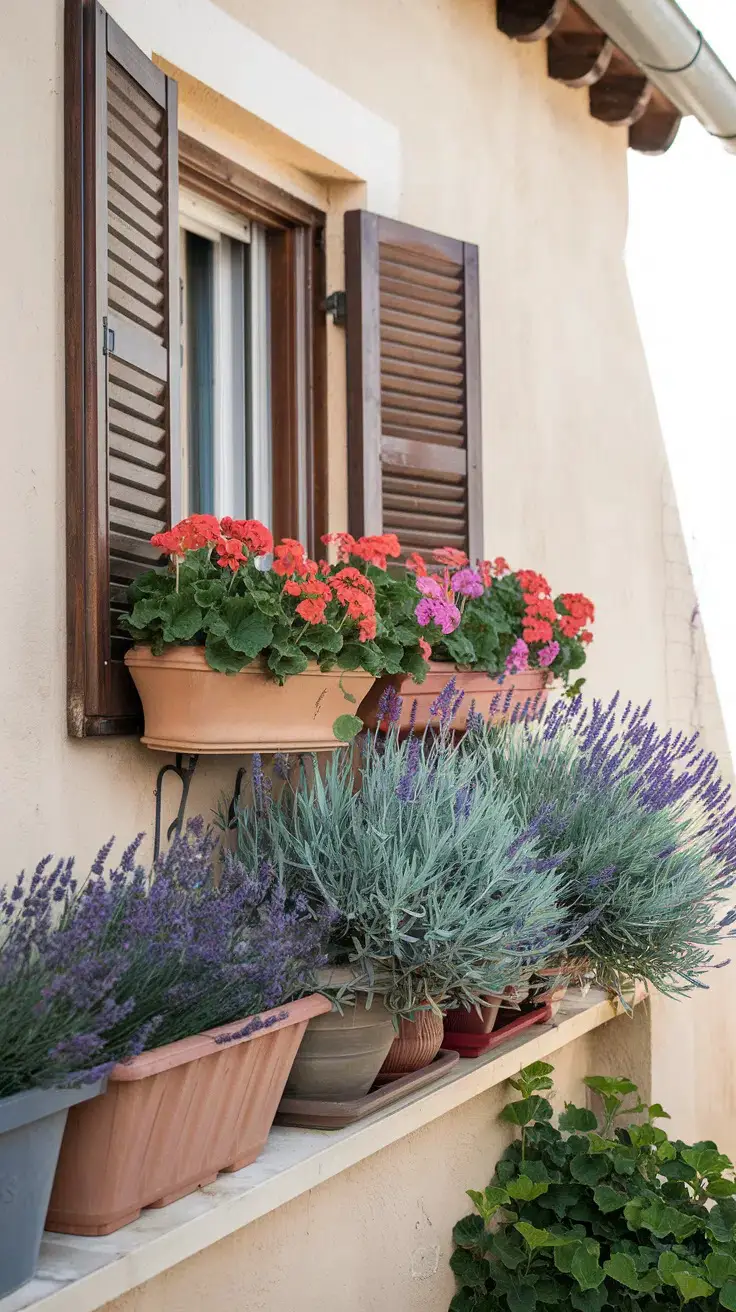
Coastal Casual
Imagine a breezy beachfront cottage. Coastal Casual style brings that relaxed seaside feel. Planters are often made of weathered wood. Or painted in nautical blues and whites. Sometimes you’ll see seashell or rope embellishments. It’s all about a laid-back vibe.
Plants need to be tough. Salt-tolerant species are ideal if you’re near the sea. Think Sea Thrift or Ice Plant. Airy grasses that sway in the breeze look great. Hydrangeas, especially blue ones, fit perfectly.
Decorative touches might include rope handles on the box. Or a bit of driftwood tucked among the plants.
Perfect for: Homes in coastal areas. Beach houses. Anyone wanting a relaxed, nautical feel.
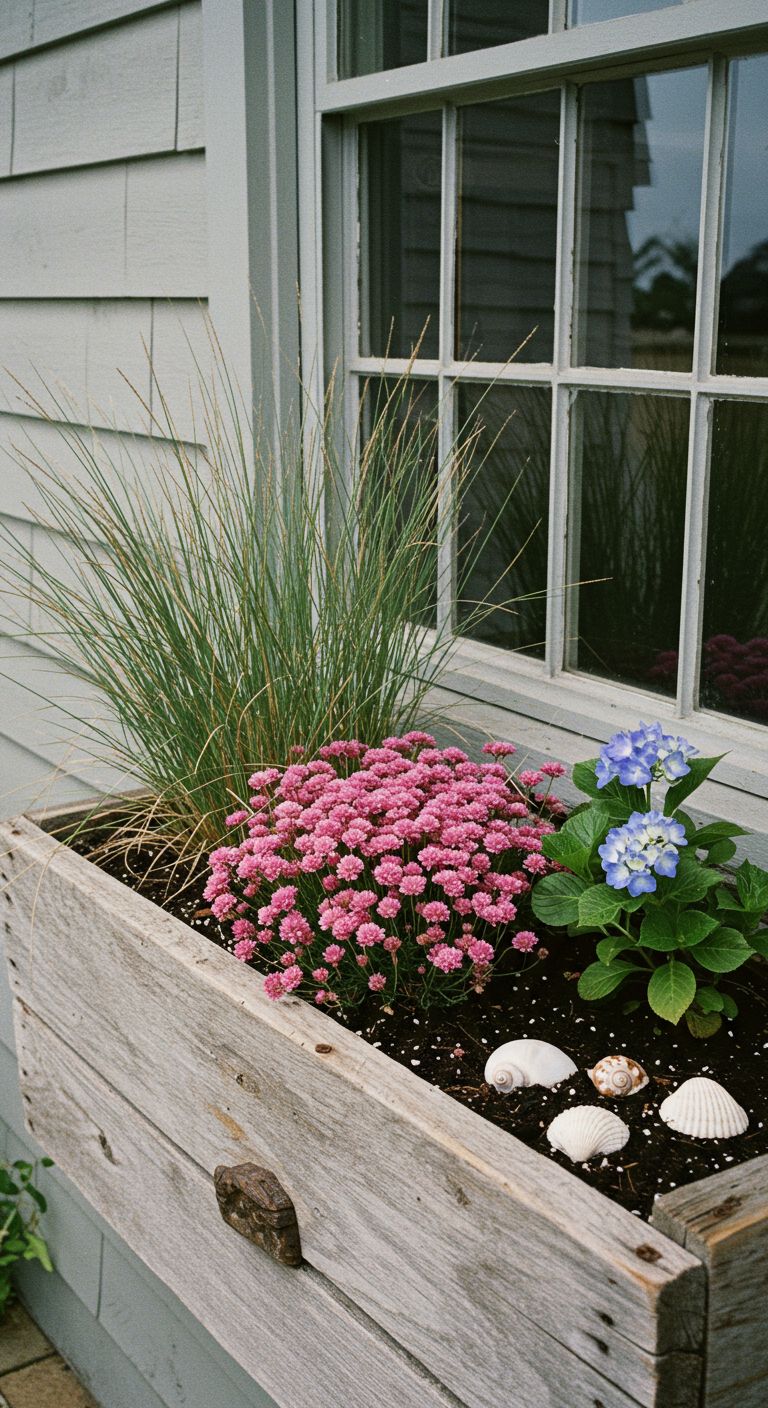
Eclectic Bohemian
This style is all about personality. Eclectic Bohemian means mixing things up. Don’t be afraid of mismatched patterns. Use vibrant colors. Tiered displays or several boxes together can look amazing. It’s a chance to be really creative.
Plant combinations are bold. Try bright Marigolds next to dramatic Purple Fountain Grass. Hanging baskets nearby, full of trailing blooms, add to the look. Anything goes, as long as you love it.
Decor can be fun. Think beaded chains dangling from the box. Or macramé hangers for smaller pots. Painted pots with unique designs fit right in.
Perfect for: Any home where you want to express creativity. Ideal for artistic souls.
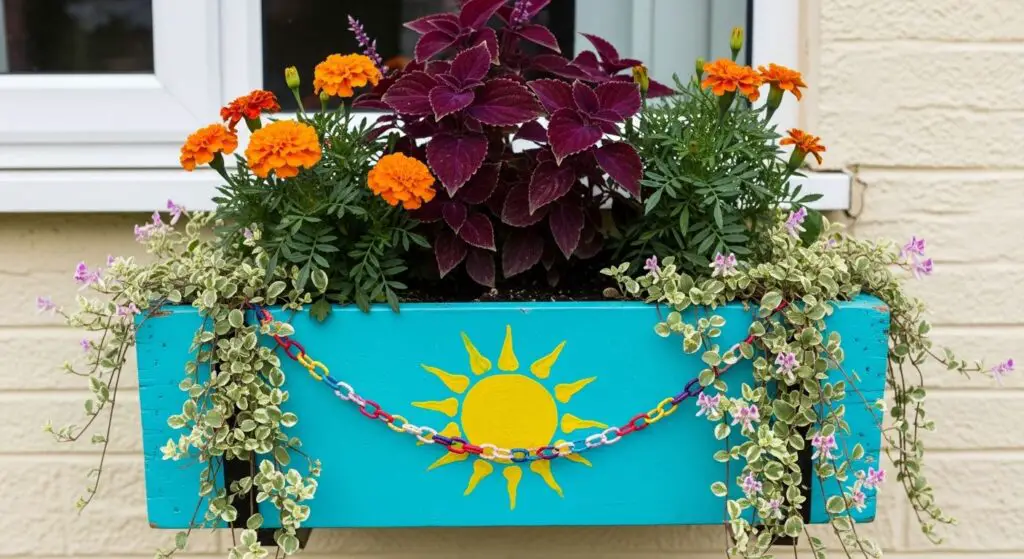
Shady Paradise
Got a spot that doesn’t see much sun? No problem! A Shady Paradise window box can be beautiful. You just need the right plants. These plants thrive in low-light conditions. North-facing windows are often shady. Areas under big trees too.
Impatiens are a classic choice for shade. So are colorful Begonias. Fuchsias love the shade. Coleus offers amazing foliage color. Ferns add lovely texture. Small varieties of Hostas can work. Vinca minor (Periwinkle) will trail nicely.
Colors that pop in the shade are best. Rich greens from foliage. Bright whites. Pinks and purples stand out well.
Any container material works. Just make sure it has good drainage. Match it to your home’s style.
Perfect for: North-facing windows. Porches with overhangs. Any spot with significant tree cover.
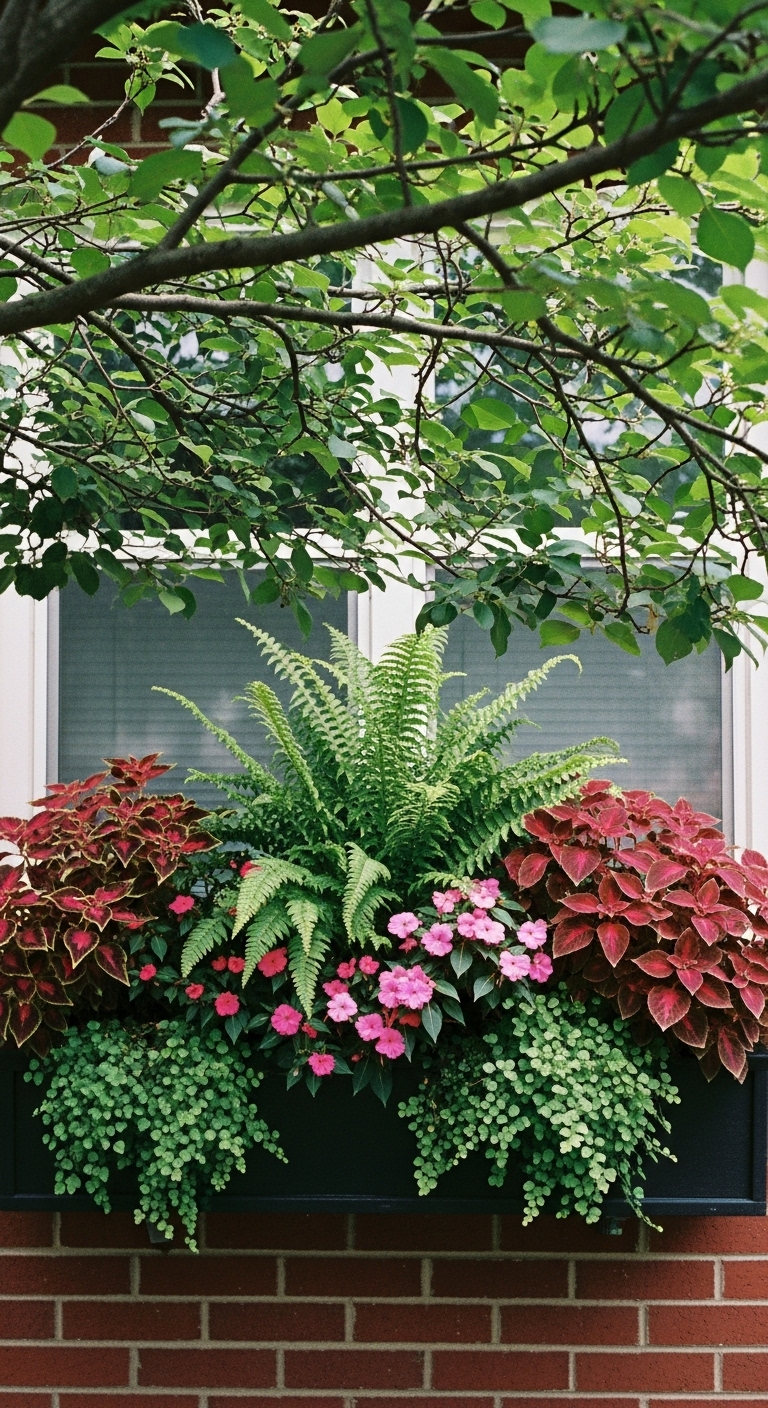
Elevating Your Window Box Design: Decorative Touches
Your window box is planted. Awesome! But wait, there’s more. You can add little extras. These touches make your design even cooler. They take it from nice to “Wow!”
Beyond Flowers: Adding Texture and Interest
Flowers are fantastic. But don’t forget leaves! Foliage plants bring so much to the party. They have different textures. Some are fuzzy. Some are smooth. Others are spiky. Shapes and colors vary a lot too. Using a mix of foliage creates visual depth. It makes your window box much more interesting to look at. Even when flowers aren’t blooming, great foliage looks good.
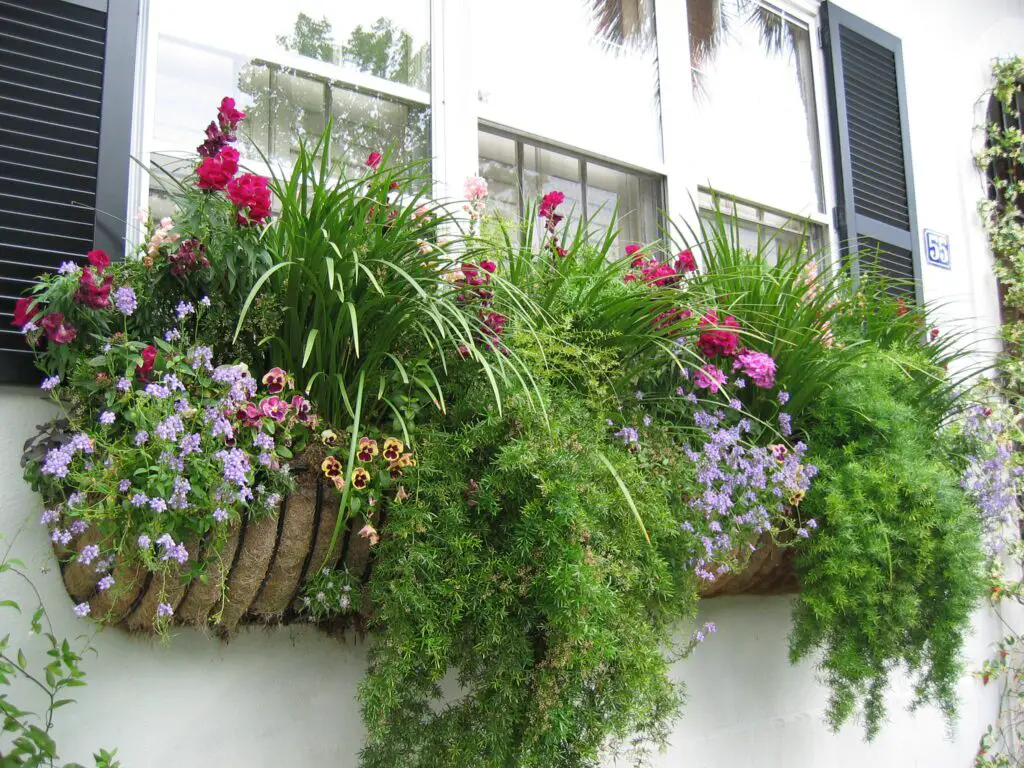
Vertical Elements
Think up! Not just out. Adding height makes a big difference. Small trellises can support a climbing plant. Or you can use plants that naturally grow tall and thin. Trailing plants can also add a vertical feel. They spill down dramatically. These elements add dynamism. Your window box will feel more alive.
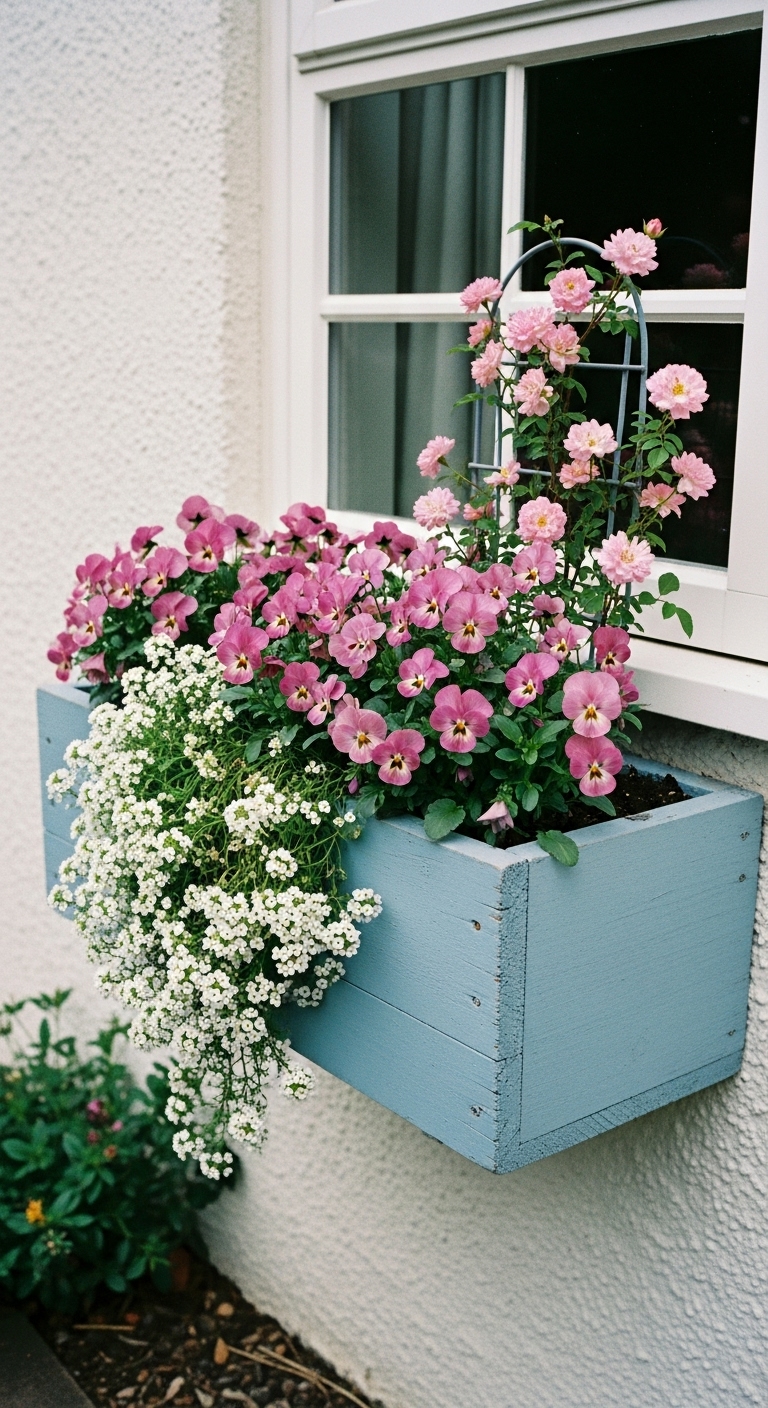
Hardscaping Accents
Little non-plant items can be fun. These are hardscaping accents. Think small, smooth pebbles on top of the soil. Or a bit of green moss tucked in. Miniature figurines, like a tiny frog or gnome, can add whimsy. But use these sparingly. A little goes a long way. Too much can look cluttered.
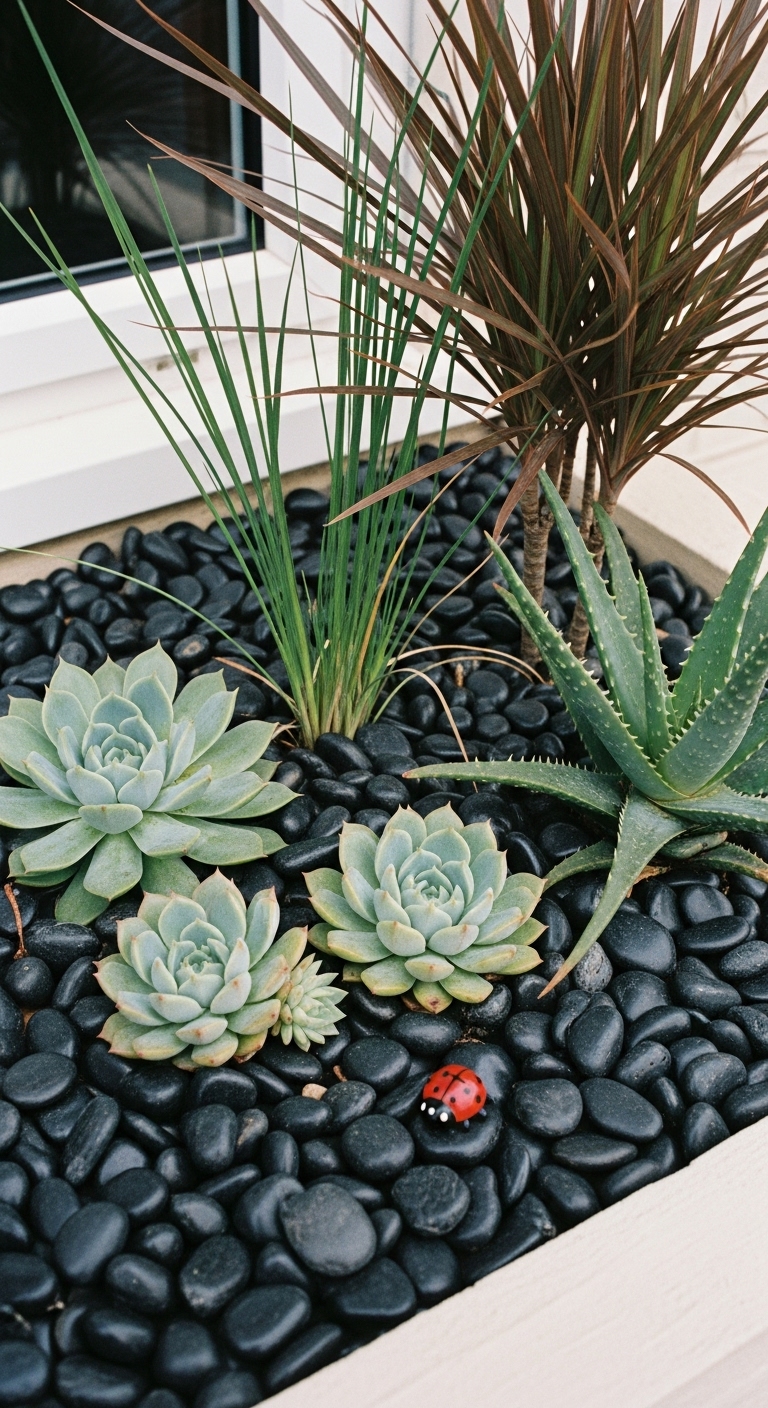
Color Coordination
Colors matter. A lot. Think about the color of your house. What color are your window frames? And what’s in your garden nearby? Your plant and container colors should work with these. Color coordination ties everything together. You might choose colors that contrast. Or colors that are similar for a calm look. For example, blue flowers look great against a yellow house.
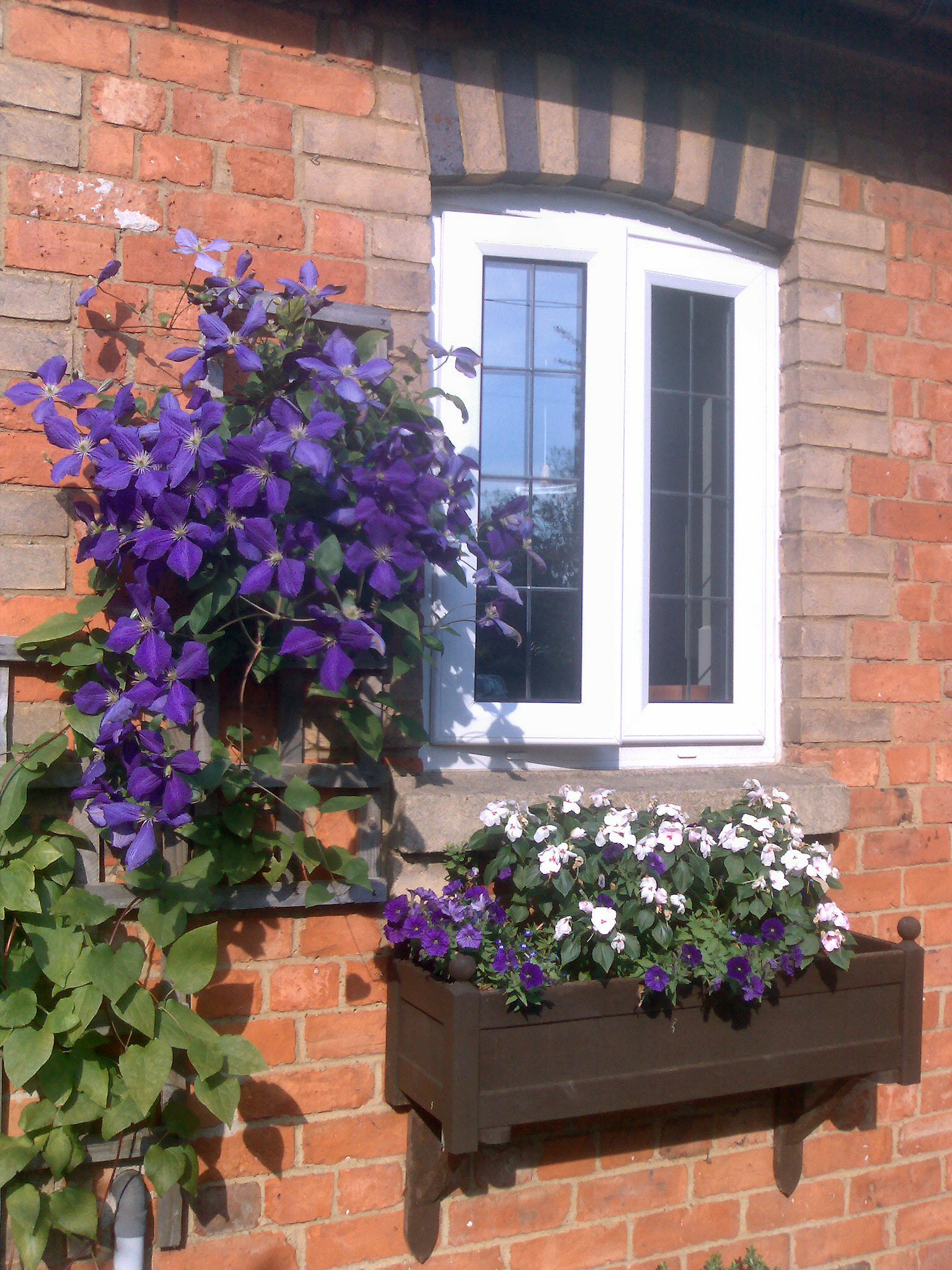
Seasonal Decor
Your window box can change with the seasons. It’s easy to add seasonal decor. In the fall, tuck in a few small pumpkins or gourds. During winter holidays, weave in some fairy lights. Or add some evergreen sprigs. Spring might mean some cute little bird figures. Summer is often all about the flowers themselves. These touches keep your window box fresh all year.
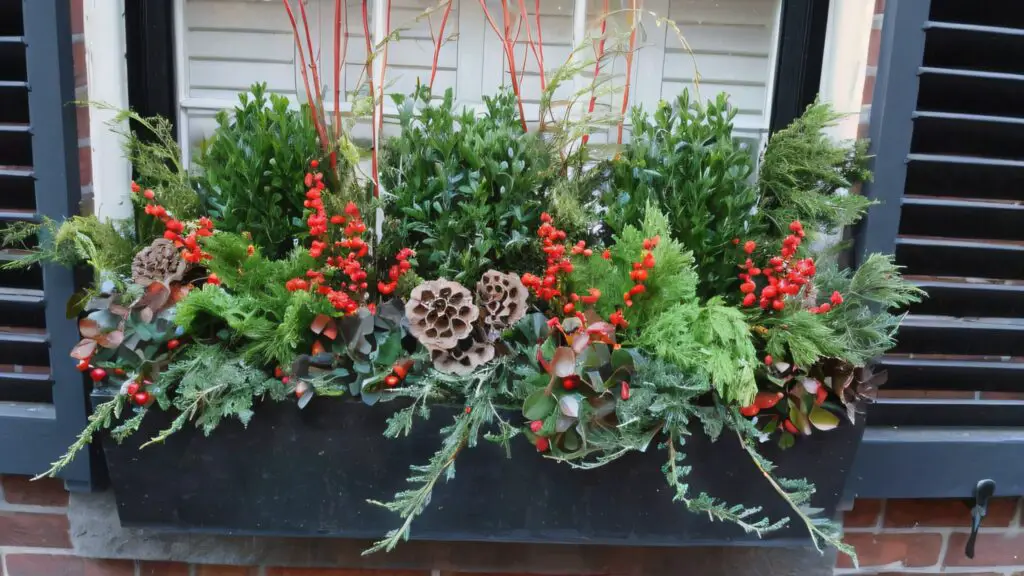
Easy Steps to Window Box Success
Feeling ready to create your own window box? It’s easier than you think. Follow these simple steps. And remember some basic care. You’ll have a thriving mini-garden in no time.
Step-by-Step Planting Guide
Here’s how to plant your window box like a pro.
- Prepare your container. Make sure it’s clean. Check those drainage holes are clear. You can add a layer of small stones or broken pot pieces at the bottom for better drainage if your box is deep. But it’s not always necessary with good potting mix.
- Add potting mix. Fill your box with a good quality potting mix. Leave a little space at the top, about an inch or two.
- Arrange your plants. Before you dig, place your plants (still in their nursery pots) on top of the soil. Play around with the arrangement. Remember “thriller, filler, spiller”? A tall plant in the middle (thriller). Bushy plants around it (filler). And trailing plants at the edges (spiller).
- Plant them. Gently remove plants from their pots. Loosen the roots a bit if they are tightly packed. Dig holes in your potting mix. Place the plants in. Make sure the top of their root ball is level with the surrounding soil. Fill in any gaps with more mix.
- Water well. Give your newly planted window box a good drink of water. Water until it drains out the bottom. This helps settle the soil around the roots.
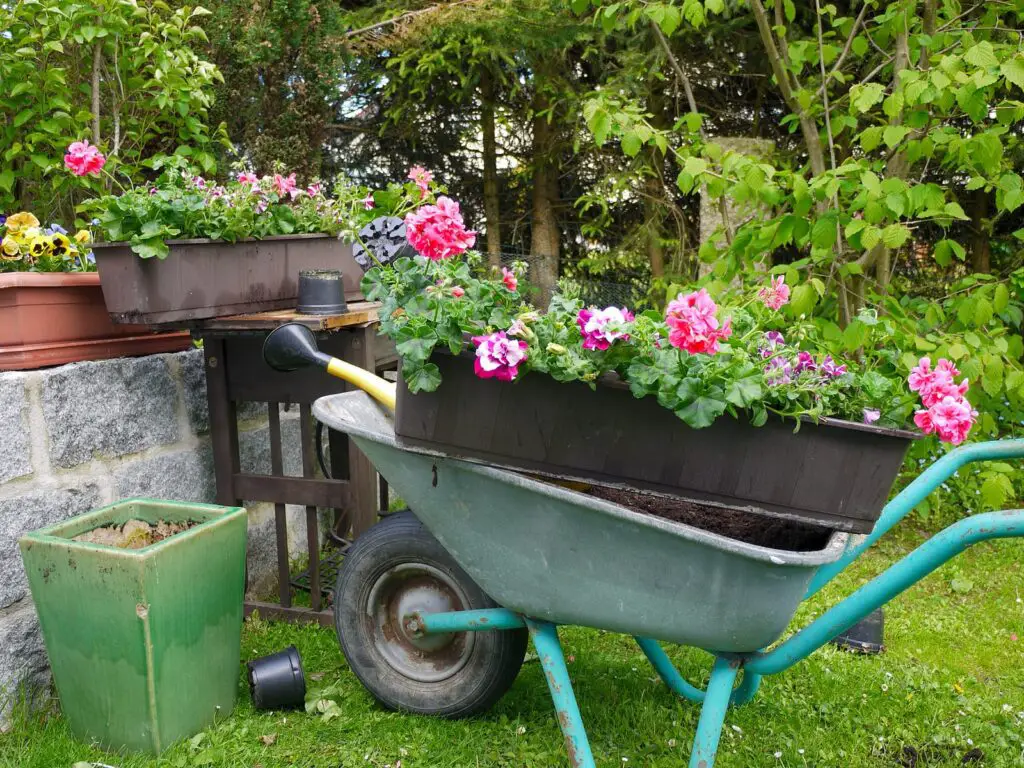
Basic Maintenance Tips
Keeping your window box happy is simple.
- Watering: Check the soil moisture regularly. Stick your finger about an inch deep. If it feels dry, it’s time to water. Window boxes can dry out quickly, especially in sun or wind. Water thoroughly until it drains.
- Fertilizing: Plants in containers need food. The nutrients in potting mix get used up. Feed your plants every few weeks during the growing season. Use a liquid fertilizer or slow-release granules. Follow the instructions on the product.
- Deadheading: This means removing faded or dead flowers. Just pinch or snip them off. Deadheading encourages plants to produce more blooms. It also keeps your box looking tidy.
- Pest control: Keep an eye out for unwanted visitors like aphids or spider mites. Often, a strong spray of water can dislodge them. Or use an insecticidal soap if needed. Healthy plants are less prone to pests.
Choosing the Right Plants for Your Climate
This is super important for success. Plants that like your local weather will do much better. Some plants love heat. Others prefer cool temperatures. Some can handle frost. Others can’t. Before you buy, check the plant tags. They usually tell you what hardiness zone the plant is good for. And its needs for sun and water. Choosing plants suited to your climate makes gardening much easier. And your plants will be happier.
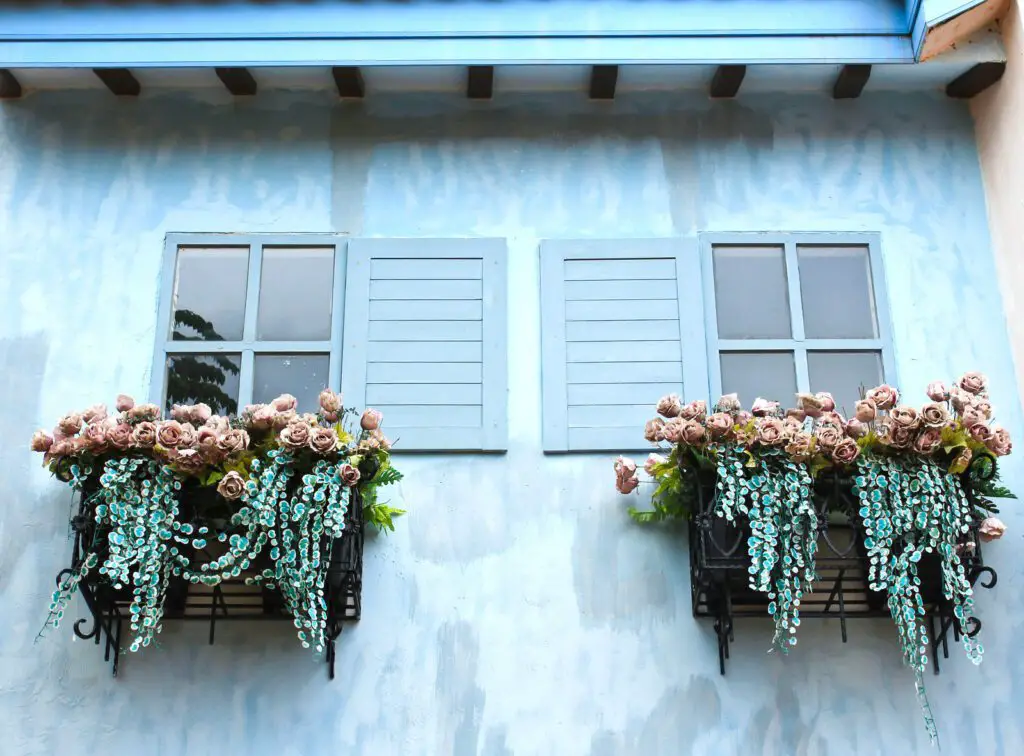
Encouragement and Next Steps
See? Window box gardening isn’t scary. It’s fun! And the rewards are huge. A beautiful window box adds so much charm. It makes your home feel more welcoming. Don’t be afraid to experiment. Try different plants. Play with colors and textures. Express your own personal style. Your windows are a canvas. Go make some art!
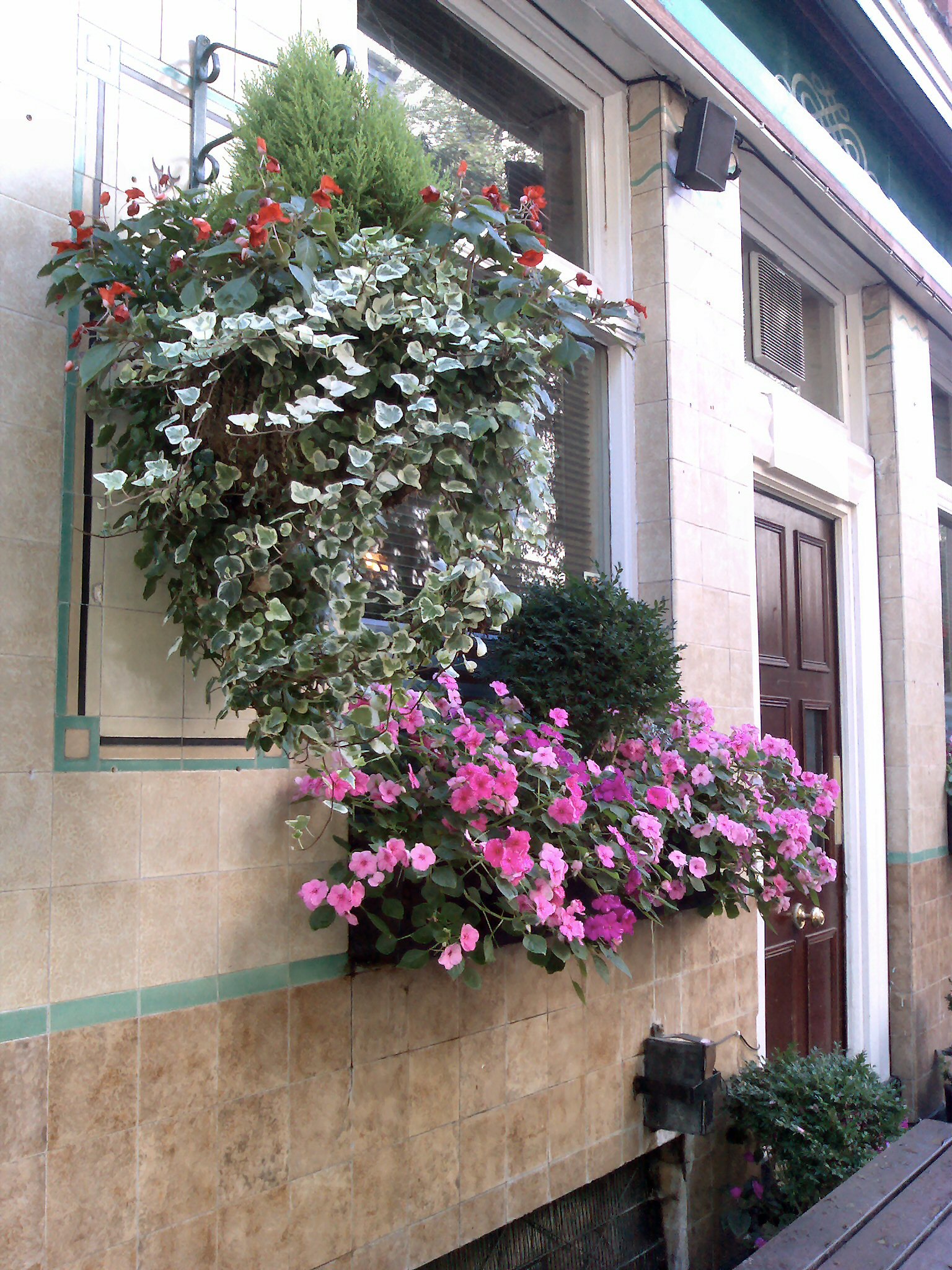
Final Thoughts
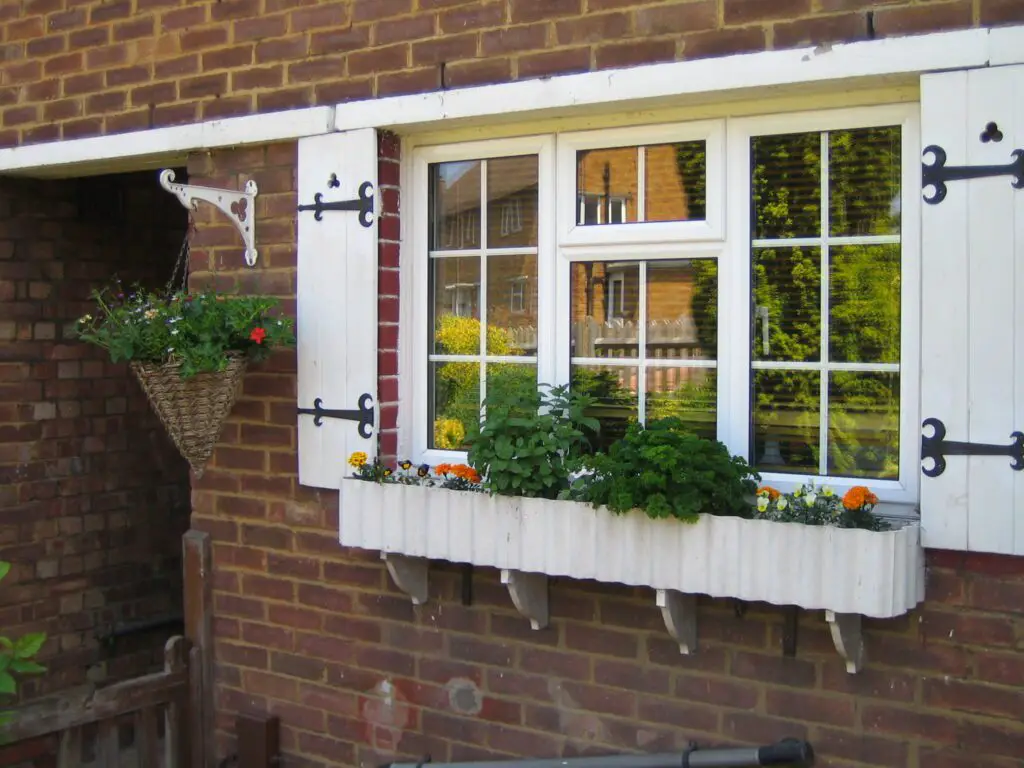
So, there you have it. A whirlwind tour of window box wonders! We’ve seen so many styles. From Classic Elegance to Eclectic Bohemian. And we’ve covered the basics for success. Like picking the right box. And choosing plants for your light.
Remember, window boxes do more than just look pretty. They bring joy. They boost your home’s curb appeal. They connect you with nature, even in small spaces. It’s a simple way to make a big impact.
Your windows are waiting. They have so much potential. A little bit of soil, a few chosen plants, and your creative touch can truly transform your home. Go ahead, give it a try. You might just discover your new favorite way to garden. We’d love to see what you create! Share your window box pictures with us.
